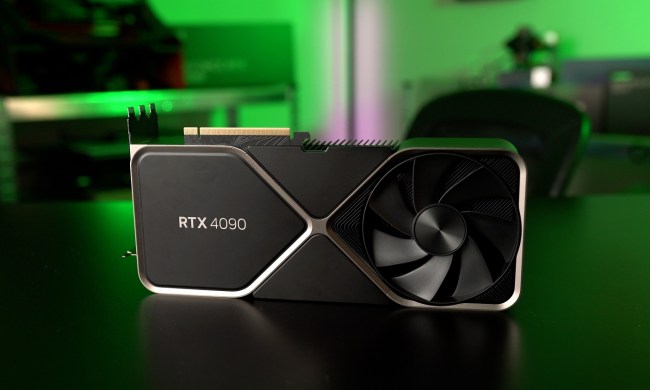To improve the performance of solar panels, scientists have been increasingly exploring the potential of perovskites, a material with a crystal structure that represents a game-changing component for emerging solar cell technologies. Perovskite solar cells promise two very exciting qualities: Boasting high efficiencies in converting sunlight to electricity, while also being low cost in terms of materials and production methods.
They’re no hassle-free solution however. In fact, they pose a considerable challenge since, of the four atomic configurations the material can take, three are unstable at room temperature, and rapidly revert to a fourth configuration that is useless for solar applications.
But a team of scientists at Stanford University and the Department of Energy’s SLAC National Accelerator Laboratory may have found a solution. And it involves squeezing them really, really hard at extremely high temperatures.
By compacting the useless version of this material with a diamond anvil cell, while heating it to 450 degrees Celsius, then cooling it, scientists have discovered that it is possible to change its atomic structure to make it function in a stable manner at room temperature. The squeezed version of this material remained both stable and efficient at this temperature for 30 days or more. It also proved resistant to moist air-induced deterioration, which is an important quality for solar cells that are intended to operate in the real world.
Creating next-gen solar panels
“This is the first study to use pressure to control this stability, and it really opens up a lot of possibilities,” said Yu Lin, a SLAC staff scientist and investigator with the Stanford Institute for Materials and Energy Sciences (SIMES), in a statement. “Now that we’ve found this optimal way to prepare the material, there’s potential for scaling it up for industrial production, and for using this same approach to manipulate other perovskite phases.”
There’s still more research to be done before this approach can be used commercially for manufacturing next-gen solar cells. However, it’s an exciting development that opens up plenty of opportunities for scientists to continue investigating.
A paper describing the work, titled “Preserving a robust CsPbI3 perovskite phase via pressure-directed octahedral tilt,” was recently published in the journal Nature Communications.



